#National Museum of Western Art
Text
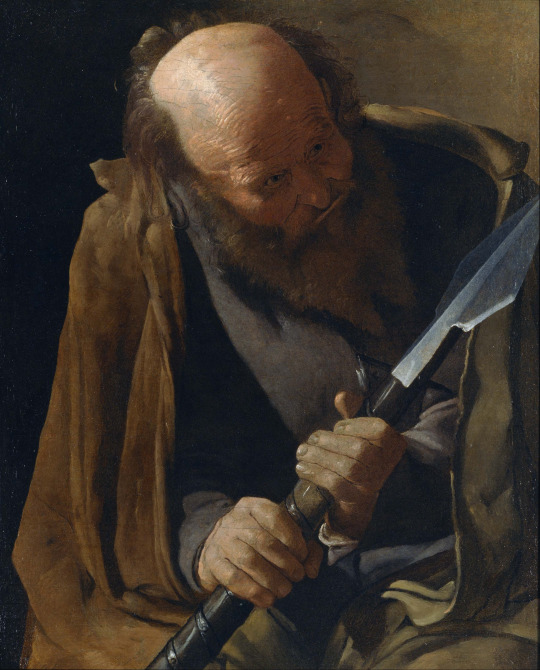
Saint Thomas, Georges de La Tour, ca. 1620
#art#art history#Georges de La Tour#religious art#Christian art#Christianity#imaginary portrait#Saint Thomas#Thomas the Apostle#Baroque#Baroque art#French Baroque#French art#17th century art#oil on canvas#National Museum of Western Art
156 notes
·
View notes
Photo

Camille Pissarro
Conversation, 1881
Oil on canvas
National Museum of Western Art
#art#art history#impressionism#impressionist#camille pissarro#painting#oil#conversation#people#women#national museum of western art
3 notes
·
View notes
Text

Le Corbusier, National Museum of Western Art, Tokyo
#traveller#views#le corbusier#le corbusier and the age of purism#national museum of western art#tokyo#japan
1 note
·
View note
Text

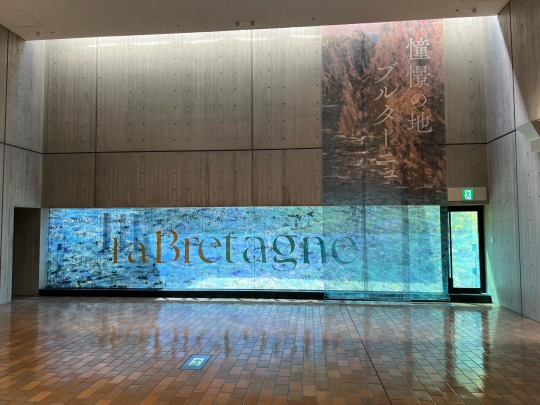
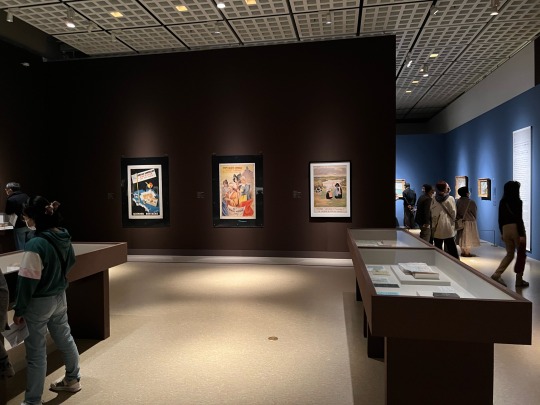



憧憬の地ブルターニュ
0 notes
Text
My roommate's on vacation to bucharest and just sent me a selfie of her and chuuya Hello?
#why is there a van with chuuya in front of the national museum of art hello?#why is this making me homesick...#i want to see chuuya in front of an art museum too now#western europe step up your game smh
12 notes
·
View notes
Text
youtube
Da Ke Ding, September 23, 2016
Da Ke Ding, c. 1046 - 771 B.C.E. (late Western Zhou dynasty, China), bronze, 93.1 cm high (Shanghai Museum) Speakers: Dr. Kristen Chiem and Dr. Beth Harris. Created by Beth Harris and Steven Zucker.
Smarthistory
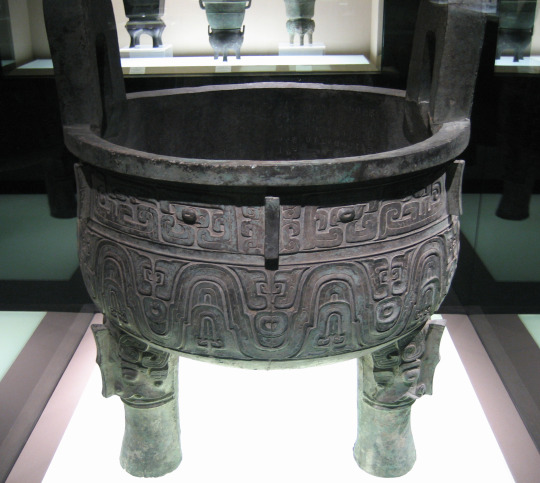
Da Ke ding (大克鼎), Western Zhou (1046–771 BC), China
Bronze
Height 93.1 centimetre (36.7 in); width 75.6 centimetre (29.8 in) (bore),
74.9-centimetre (29.5 in) (inside diameter); weight 201.5 kilogram (444 lb)
Discovered in Famen Town, Fufeng County, Shaanxi in 1890.
Collection of the Shanghai Museum
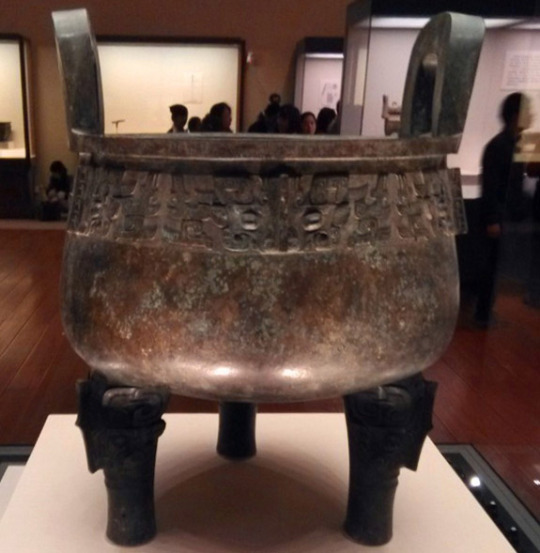
Da Yu ding (大盂鼎), early 10th century BC
Western Zhou (1046–771 BC), China
Bronze
Height 101.9 cm (40.1 in), width 77.8 cm (30.6 in), weight 153.5 kg (338 lb)
Discovered in Li Village, Jingdang Township, Qishan County, Shaanxi in 1849.
Collection of the National Museum of China


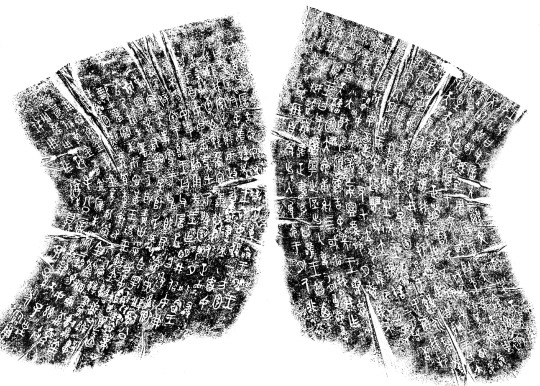
Mao Gong ding (毛公鼎), 857-828 BC
Late Western Zhou (1046–771 BC), China
Bronze
Height: 53.8 cm, depth of belly: 27.2 cm, diameter: 47 cm, weight: 34.7 kg
Discovered in Qishan County, Shaanxi in 1843.
This "ting" cauldron has a wide, flared mouth, a linked ring motif decorating the rim, upright handles, and three hoofed feet. The inscription, which can be divided into seven sections, describes how when King Xuan of Zhou came to the throne, he was anxious to see the country thrive, and charged his uncle, the Duke of Mao, with governing the domestic and external affairs of state, big and small, and to do so conscientiously and selflessly. The inscription goes on to state that the King then presented the Duke with official vestments and gifts, and that this vessel was cast in order to record the honor given to the Duke for his descendants.
Collection of the National Palace Museum, Taipei
#Western Zhou dynasty#Zhou dynasty#Chinese#art#art history#1st millennium bce#9th century bce#10th century bce#metal#bronze#language#taotie#pattern#design#archaeology#national palace museum#national museum of china#shanghai museum
3 notes
·
View notes
Photo

[ID: A black and white, copper plate print showing the Chengde Mountain Resort in China. The resort’s structures sit on the right side of the print, at the edge of a lake which is sparsely lined with trees. There are tall hills or mountains in the distance. The sun shines in the left corner while clouds take up the right. End ID.]
Morning Glow on the Western Ridge
Matteo Ripa, made between 1711 and 1713
#described#lakes#aquatic#copper plate print#art#chengde mountain resort#national palace museum#new visions at the ch'ing court#morning glow on the western ridge#matteo ripa#abysmal-zone
2 notes
·
View notes
Text
国立西洋美術館②
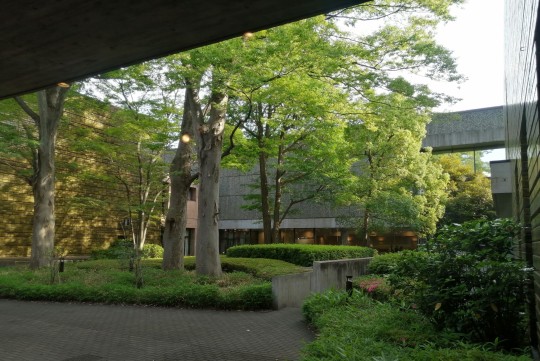
2023.5.27
企画展の後は常設展示へ。何度も観たことがあるので、前半のキリスト教画あたりはさらっと観て、19,20世紀の作品からじっくりと。
新所蔵作品もいくつかあったのですが、「インフェルノ/地獄」が一番印象に残りました。(下の写真)

スウェーデンを代表する劇作家で作家の方の作品だそうです。多才ですね!
常設の途中で、小企画展も鑑賞。今回は指輪約200点が展示されていました。
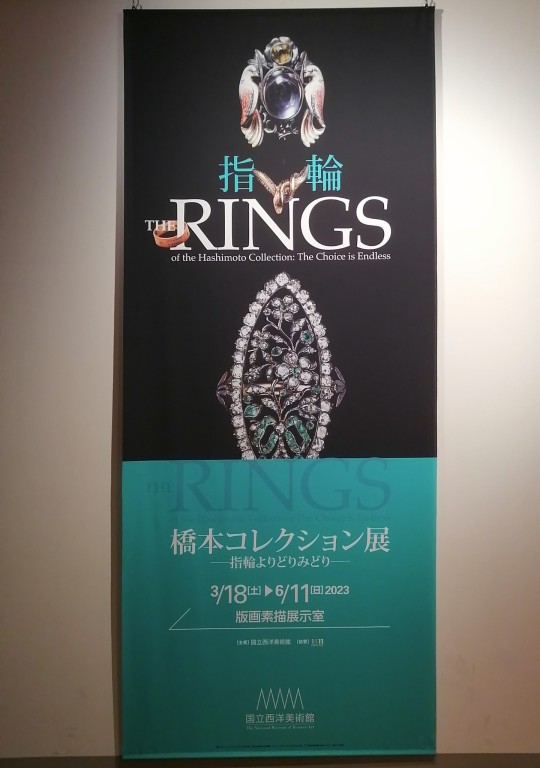
普段装飾品にあまり興味はないのですが、このコレクションは宝石よりデザインの面白さが際立っていて、一つ一つ観ていて楽しかったです。『一つもらえるとしたらどれがいいかな?』なんて考えながら鑑賞しました(笑)
寄贈された橋本貫志氏のコレクションは約870点あるそうです。また別の機会に他の指輪も見てみたいと思える企画展でした。
1 note
·
View note
Text
ゲアハルト・リヒターの絵画における自然の追究と《ビルケナウ》
ゲアハルト・リヒターの絵画における自然の追究と《ビルケナウ》
国立西洋美術館の改装が成ったのを記念して開催されている(2022年9月11日まで)「自然と人のダイアローグ──フリードリヒ、モネ、ゴッホからリヒターまで」は、19世紀以降のヨーロッパの絵画における自然の描出の歩みを、どこまでも広がる空間、永遠でもある時間、そしてそのなかに一つの風景を出現させる光を焦点に辿る展覧会と言えよう。国立西洋美術館と、ドイツのエッセンにあるフォルクヴァング美術館(Museum…
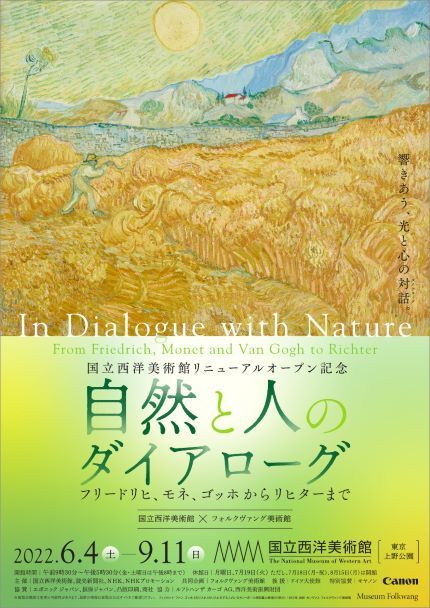
View On WordPress
#Abstract Painting#Birkenau#Caspar David Friedrich#Emil Norde#Georges Didi-Huberman#Gerhard Richter#Max Ernst#Museum Folkwang#Photo Painting#The Museum of Modern Art#The National Museum of Western Art#Vincent van Gogh
0 notes
Text

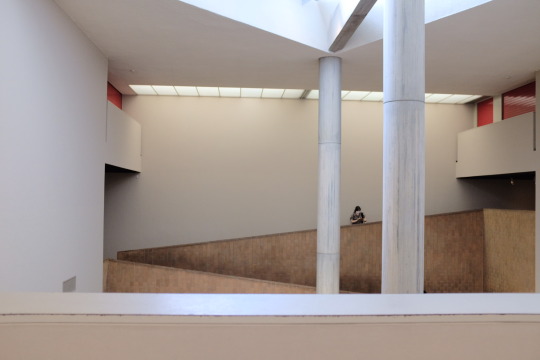
Le 16 août 2022
Tokyo, Japan
1 note
·
View note
Text
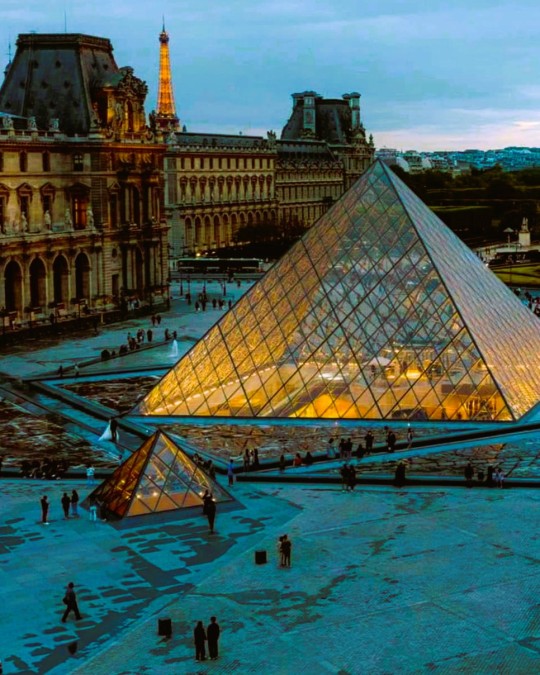
Louvre Museum, Paris, France: The Louvre, or the Louvre Museum, is a national art museum in Paris, France. It is located on the Right Bank of the Seine in the city's 1st arrondissement and home to some of the most canonical works of Western art, including the Mona Lisa and the Venus de Milo. Wikipedia
226 notes
·
View notes
Text
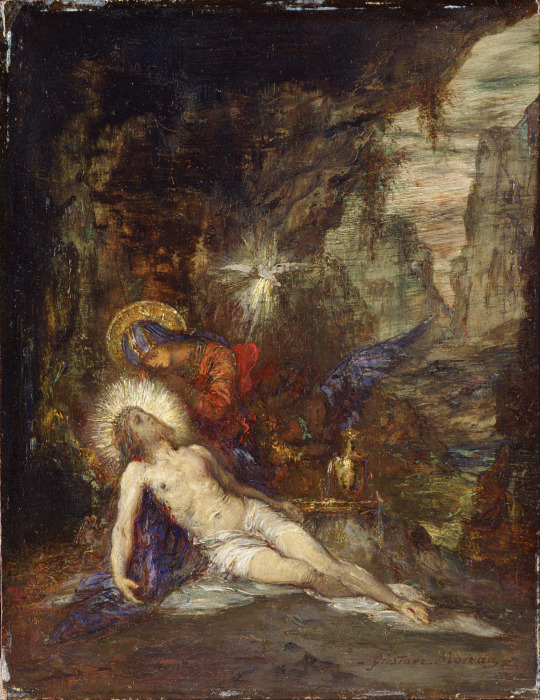
Pietà, Gustave Moreau, ca. 1876
#art#art history#Gustave Moreau#religious art#Christian art#Pieta#Symbolism#Symbolist art#French art#19th century art#National Museum of Western Art
911 notes
·
View notes
Text
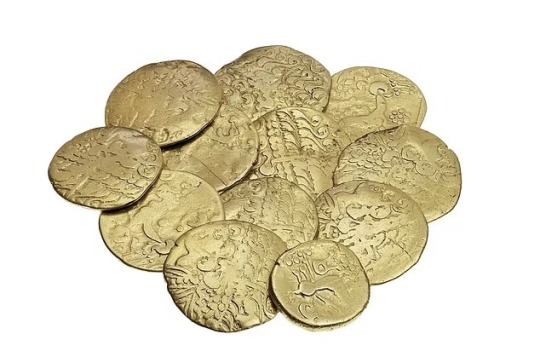
Britain's Oldest Gold Coin Hoard Discovered
The oldest hoard of gold coins in Britain, dating back 2,173 years, was discovered by a metal detectorist.
The 12 Iron Age artifacts were discovered by Stephen Eldridge while scouring fields in Buckinghamshire.
They were built in 150 BC by a tribe in what is now Picardy, France, according to experts at the British Museum.
According to speculation, the coins were likely transferred to Britain in return for Celtic mercenaries who were sent to Gaul in western Europe to fight the Romans.
A hoard from this date is extremely uncommon, even though individual gold coins from this era have been discovered before.
The coins will now likely sell for £30,000 when they are put up for auction at London's Spink & Son.
In November 2019, Mr. Eldridge, 68, discovered the coins in the Buckinghamshire community of Ashley Green.
The Catuvellauni tribe first settled in the region about 150 BC, and during the ensuing century they grew to become the most dominant tribe in Britain.
Mr. Eldridge has put the coins up for auction with London-based coin specialists Spink after going through the treasure process.
The coins' roughly 75% gold content with an alloy of silver and copper was validated by scientific x-ray fluorescence analysis, indicating the economy in which Britain's first gold coinage were circulating.
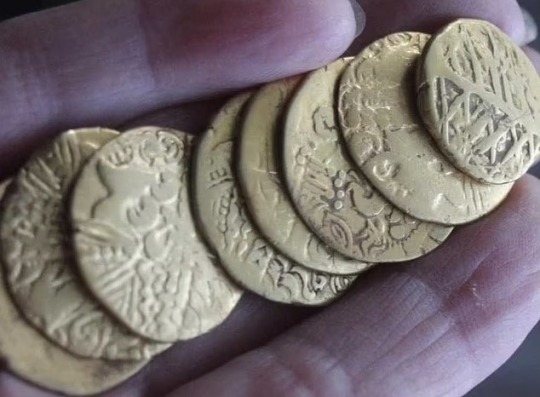


The coins are now expected to sell for £30,000 when they go under the hammer at London auctioneers Spink & Son
Gregory Edmund, of Spink & Son, said: “Whilst individual gold coins of this period have been recorded across south east England, it is incredibly rare for a trove of this size or date to be uncovered. Contemporary local coinage was simply cast base metal issues called 'potins'. Whoever successfully imported this trove of gold coins would have undoubtedly wielded influence in the region.
They would have been exported, probably in exchange for mercenaries, equipment and hunting dogs to fight the Romans or other tribes in Belgium. Twenty or thirty years after they were deposited we started to get the first British coins in the same style. These coins were in the wealthiest part of the English kingdom. A hoard of this size and period is unprecedented in the archaeological record. There was one other hoard from this period of three coins found. These coins have been well used, it is very clear they are not fresh when they are put in the ground, but still retain remarkable details of a seldom-seen Iron Age art form.
It is often speculated that the portraiture of this coinage was deliberately androgynous despite being modelled on the classical male god Apollo. The feminine styling is probably a reflection of the political significance of women in Iron Age society, that enabled such historical figures as Cartimandua and Boudicca to rise to prominence and our now national folklore. It is incredibly satisfying to assist in the proper recording, academic analysis and now sale of these prestigious prehistoric relics.”
Following the coroner's inquest, the British Museum made the decision to disclaim the coins, which means they now belong to the finder.
The landowner will receive a portion of Mr. Eldridge's earnings.
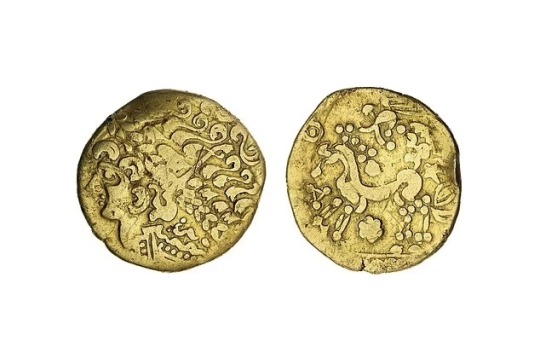
#Britain's Oldest Gold Coin Hoard Discovered#Buckinghamshire#The Catuvellauni tribe#treasure#gold#gold coins#ancient gold coiins#ancient artifacts#archeology#archeolgst#metal detecting#history#history news#ancient history#ancient culture#ancient civilizations#iron age
230 notes
·
View notes
Text
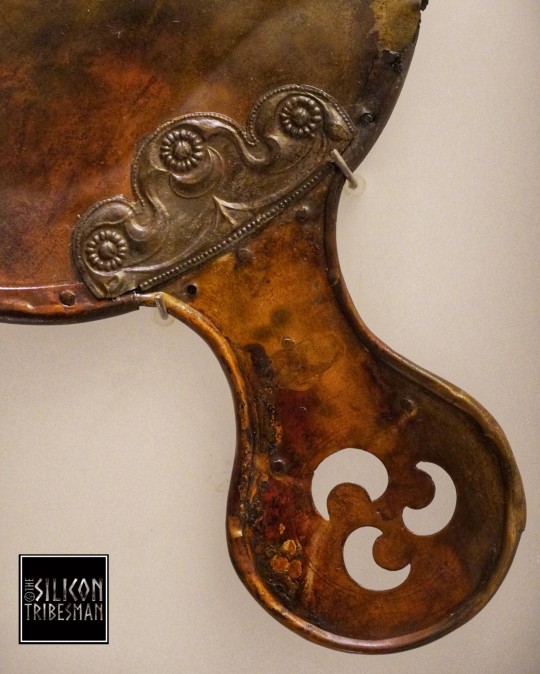
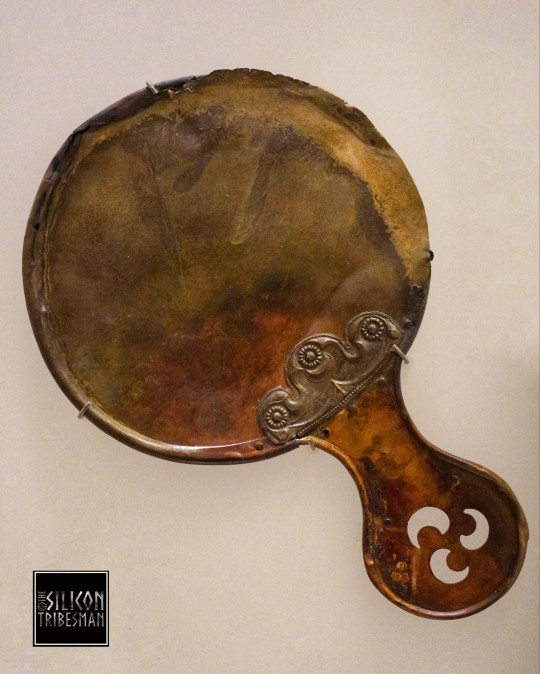
Iron Age Bronze Balmaclellan Mirror, The National Museum of Scotland, Edinburgh
The Balmaclellan Mirror was found in a bog in Kirkcudbrightshire, south-western Scotland. It was part of a hoard of precious objects wrapped in cloth and placed in a bog, perhaps as an offering to the gods. Both faces of the item were smooth for reflecting.
Dated to 80-250CE, this mirror shows a mixture of influences in its style. The people who made this were familiar with southern British Celtic art and Roman art, adapting these to create a distinctive local style.
#ice age#stone age#bronze age#copper age#iron age#prehistoric#prehistory#neolithic#mesolithic#paleolithic#calcholithic#archaeology#ancient craft#metalwork#metalworking#ancient cultures#ancient living#mirror#prehistoric mirror#relic#Celtic#celtic art
76 notes
·
View notes
Text
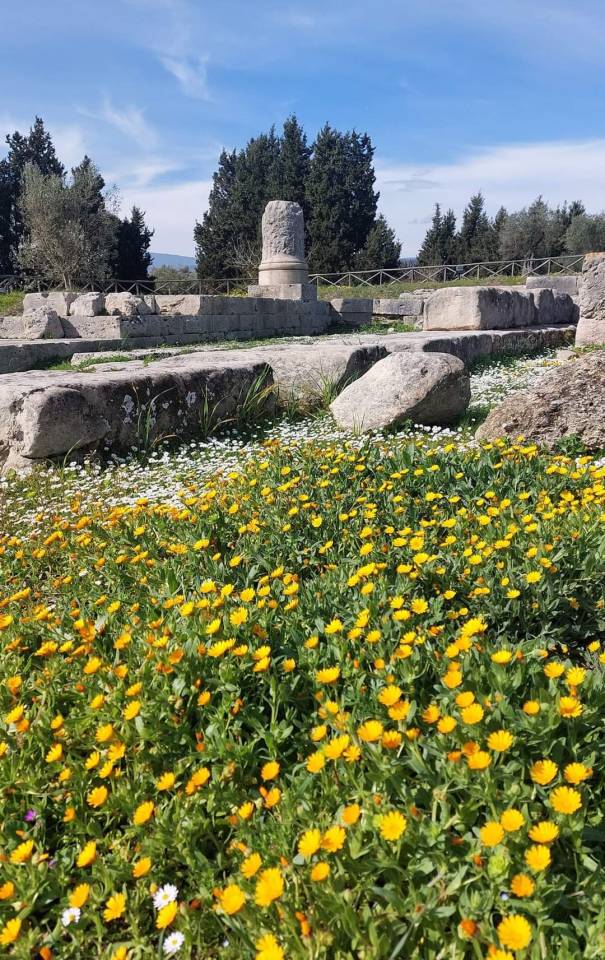

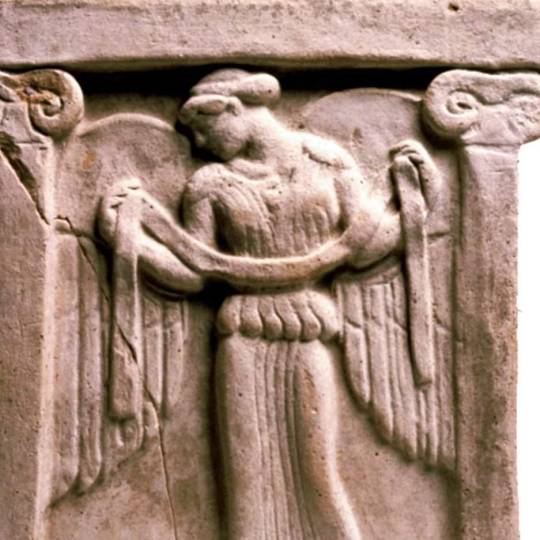
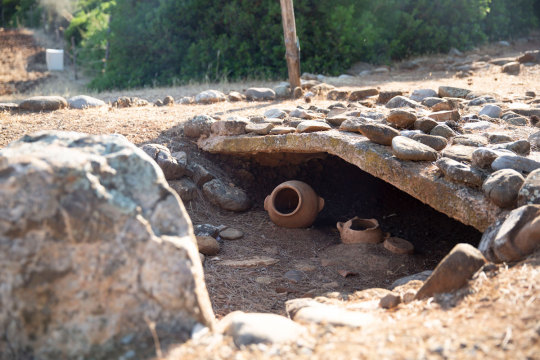

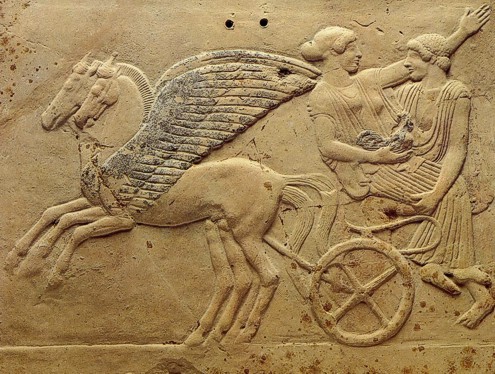



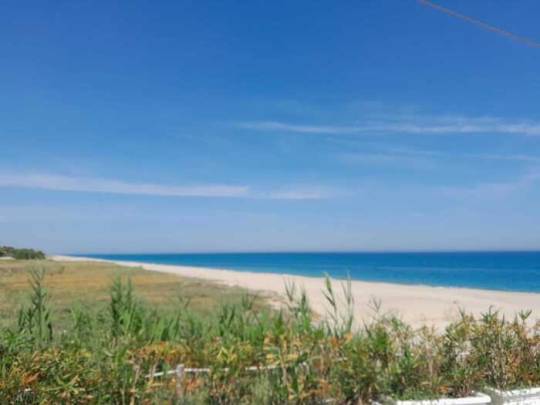
Locri, Calabria, Italy
Locri Epizefiri (Greek Λοκροί Ἐπιζεφύριοι; from the plural of Λοκρός, Lokros, "a Locrian" and ἐπί epi, "on", Ζέφυρος (Zephyros), West Wind, thus "The Western Locrians") was founded about 680 BC on the Italian shore of the Ionian Sea, near modern Capo Zefirio, in Southern Italy's Calabria, by the Locrians, apparently by Opuntii (East Locrians) from the city of Opus, but including Ozolae (West Locrians) and Lacedaemonians.
Due to fierce winds at an original settlement, the settlers moved to the present site. After a century, a defensive wall was built. Outside the city there are several necropoleis, some of which are very large.
Locris was the site of two great sanctuaries, that of Persephone and of Aphrodite. Perhaps uniquely, Persephone was worshiped as protector of marriage and childbirth, a role usually assumed by Hera, and Diodorus Siculus knew the temple there as the most illustrious in Italy.
In the early centuries Locris was allied with Sparta, and later with Syracuse. It founded two colonies of its own, Hipponion and Medma.
During the 5th century BC, votive pinakes in terracotta were often dedicated as offerings to the goddess, made in series and painted with bright colors, animated by scenes connected to the myth of Persephone. Many of these pinakes are now on display in the National Museum of Magna Græcia in Reggio Calabria. Locrian pinakes represent one of the most significant categories of objects from Magna Graecia, both as documents of religious practice and as works of art. In the iconography of votive plaques at Locri, her abduction and marriage to Hades served as an emblem of the marital state, children at Locri were dedicated to Persephone, and maidens about to be wed brought their peplos to be blessed.
During the Pyrrhic Wars (280-275 BC) fought between Pyrrhus of Epirus and Rome, Locris accepted a Roman garrison and fought against the Epirote king. However, the city changed sides numerous times during the war. Bronze tablets from the treasury of its Olympeum, a temple to Zeus, record payments to a 'king', generally thought to be Pyrrhus. Despite this, Pyrrhus plundered the temple of Persephone at Locris before his return to Epirus, an event which would live on in the memory of the Greeks of Italy. At the end of the war, perhaps to allay fears about its loyalty, Locris minted coins depicting a seated Rome being crowned by 'Pistis', a goddess personifying good faith and loyalty, and returned to the Roman fold.
The city was abandoned in the 5th century AD. The town was finally destroyed by the Saracens in 915. The survivors fled inland about 10 kilometres (6 mi) to the town Gerace on the slopes of the Aspromonte.
Today, the modern town of Locri boasts a National Museum and an Archaeological Park, etirely dedicated to the ancient Greek city. The museum preserves the most important findings of the time, such as vases, pinakes, tools used in everyday life, architectural remains from the various excavation area.
Follow us on Instagram, @calabria_mediterranea
#locri#calabria#italy#italia#south italy#southern italy#mediterranean#mediterranean sea#magna graecia#magna grecia#archaeology#archeology#ancient#art#ancient art#history#ancient history#greek#greek art#ancient greece#landscape#italian#italian landscape#landscapes#europe#persephone#olive trees#olive tree#nature#nature photography
72 notes
·
View notes
Text
on western artistic chauvinism and islam.
As an American non-Muslim, i first learned about Islamic art and architecture in an academic context, when i was studying art history in college. one of the first things we studied was the complex geometric forms in islamic architecture. Some of the most striking, complex, and beautiful patterns in contemporary and historical islamic architecture are present in religious architecture.
Examples:
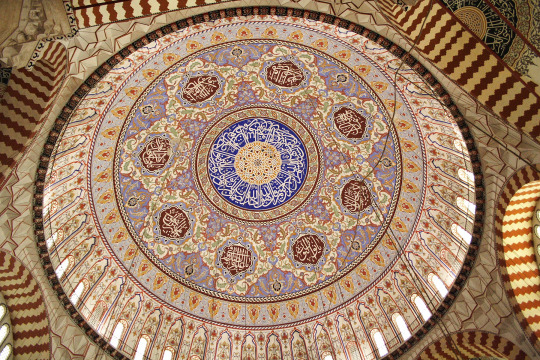
Dome of the Selimiye mosque, Turkey, completed 1574 CE.
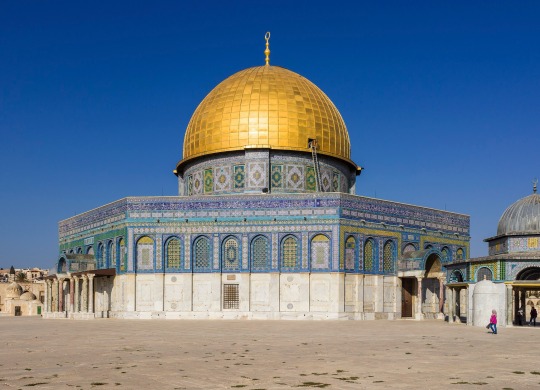

Exterior of the Dome of the Rock, a shrine withing the Al-Aqsa Mosque, Jerusalem, Palestine. Original construction was completed between 688 and 692 CE, and many alterations and repairs have been undertaken subsequently.
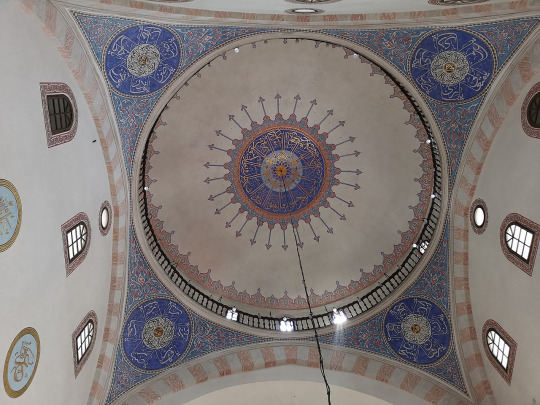
Dome of the Gazi Husri-beg Mosque, Sarajevo, Bosnia and Herzegovina, constructed 1531 CE. (Fun fact: In 1898 this mosque became the first known mosque in the world to have electrical lighting installed!)
The origins of these incredibly complex patterns partly stem from the avoidance of art depicting living beings according to religious principles, also known as aniconism, which is not universal throughout Islamic historical art, but gradually became nearly universal, especially in religious art an architecture. However, there are historical examples of secular figural art made by Muslims. (Link to an article on Islamic figural art by the Met Museum.) The Arab world in general maintained in-depth studies of mathematics and geometry throughout what we may call the "medieval" era in Europe. Arabic translations of Aristotle were studied. Al-Khwarizmi invented Algebra in 830 CE.
So, as any good artist knows, within a "limitation," artistic techniques can become more specialized and refined. Indeed, Muslim artists as far back as the Ummayad caliphate had extemely sophisticated application of geometry within their designs.
In art class I studied some of the fundamentals of how to construct similar geometrically repeating patters. I grasped the fundamentals quickly, and I found it enjoyable to work within these structures. However, as you increase the complexity, the degree to which you need to understand geometry to get your patterns to work out seemingly increases exponentially.
If you want a step-by step study of some of these geometric patterns, please check out the tutorials of the Lebanese artist Joumana Medlej. She also has tutorials on figure drawing and Arabic calligraphy.
(Speaking of calligraphy, I wanted to add more to this piece regarding calligraphy and architecture, but I feel I'm getting really long already.)
Years later, after I was finished with school, I got the opportunity to go to the Balkans. While I was in Bosnia & Herzegovina, I visited several historical mosques and got to see in person the type of art that I had previously only seen in photographs.
But what does it mean to acknowledge that this art exists?
Well, the mere acknowledgement and knowledge of the history of Islamic art, architecture, calligraphy, indeed, all the elements of distinct cultural heritage across the world, are controversial in the West.
One of the darkest examples of European violence against Muslim peoples was the Bosnian Genocide in the 1990s. This genocide did not start or end with the infamous massacre of ~8000 Bosniak Muslim men and boys by the Army of Republika Srpska (VRS) at Srebrenica, but also included systematic relocation of civilians, smaller massacres, and destruction of cultural heritage throughout Bosnia by both VRS and the Croatian Defense Council (HVO). Over one thousand mosques were destroyed. The VRS and the HVO both deliberately attempted to create "ethnically pure" Muslim-free statelets, and destroyed all the mosques in the territory that they held. The VRS burned down Sarajevo's National Library. The HVO blew up the Old Bridge of Mostar, a beautiful stone bridge in the middle of the city that had stood since the 16th century. (After the war, the stones were recovered from the river below and the bridge was reconstructed, and is used by Mostar residents every day.)
Israel refuses to acknowledge the historical and contemporary fact of the existence of a Palestinian people. As of February 2024, Israel has destroyed over one thousand mosques in the course of its bombardment of Gaza.
Many state and non-state actors within the U.S. and its allies also harbor these dark ideas of "bombing Muslims into the Stone Age." The invasion of Iraq was referred to as a "crusade" by President George W. Bush, and this attitude was aped by the Christian right wing in the USA.
All "they" see is a mythical horde from the East that must be destroyed.
But there is no horde. The people you share this earth with are your neighbors, regardless of their religion.
We live in a global society, and art anywhere is part of global cultural heritage. The acknowledgement, preservation, and study of Islamic art and architecture does not only culturally enrich Muslims, it enriches the whole world. Conversely, when you destroy Islamic art and architecture to harm Muslims, you also harm the rest of the world.
63 notes
·
View notes